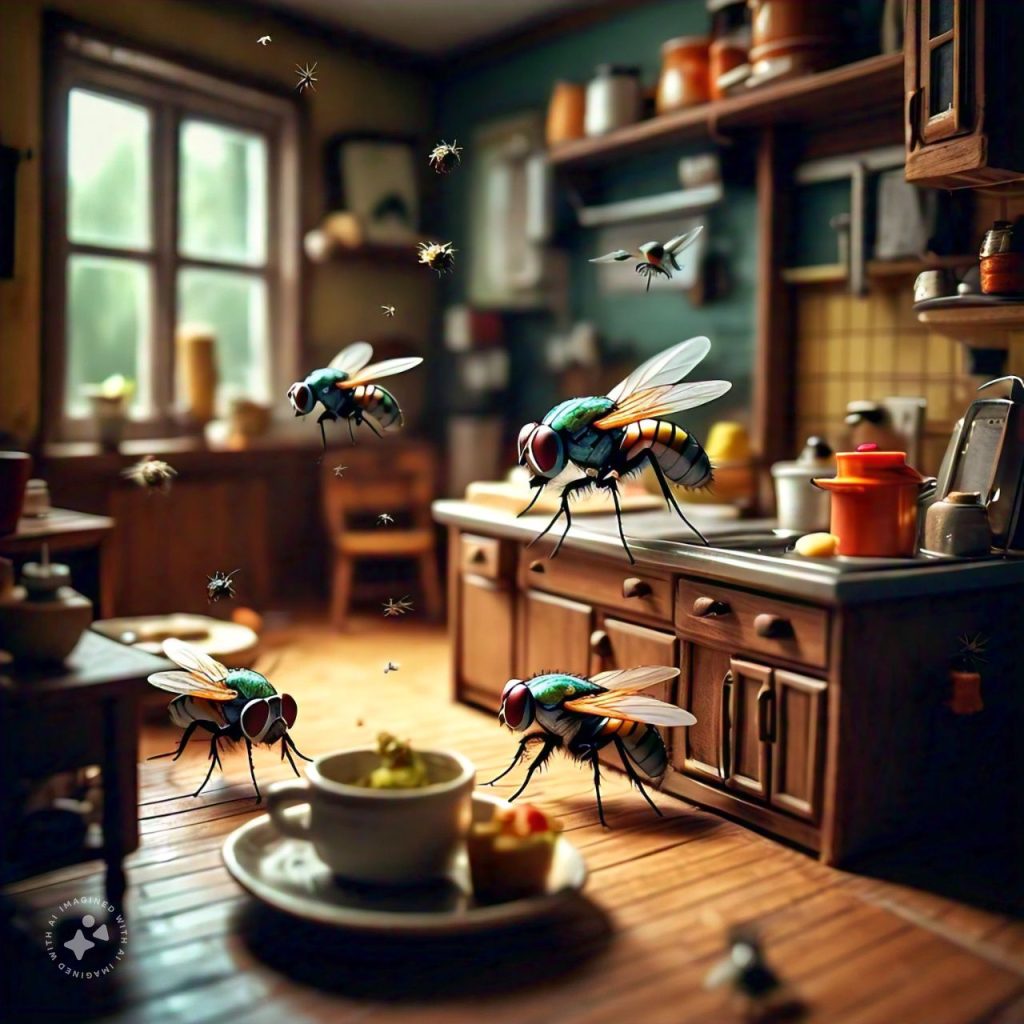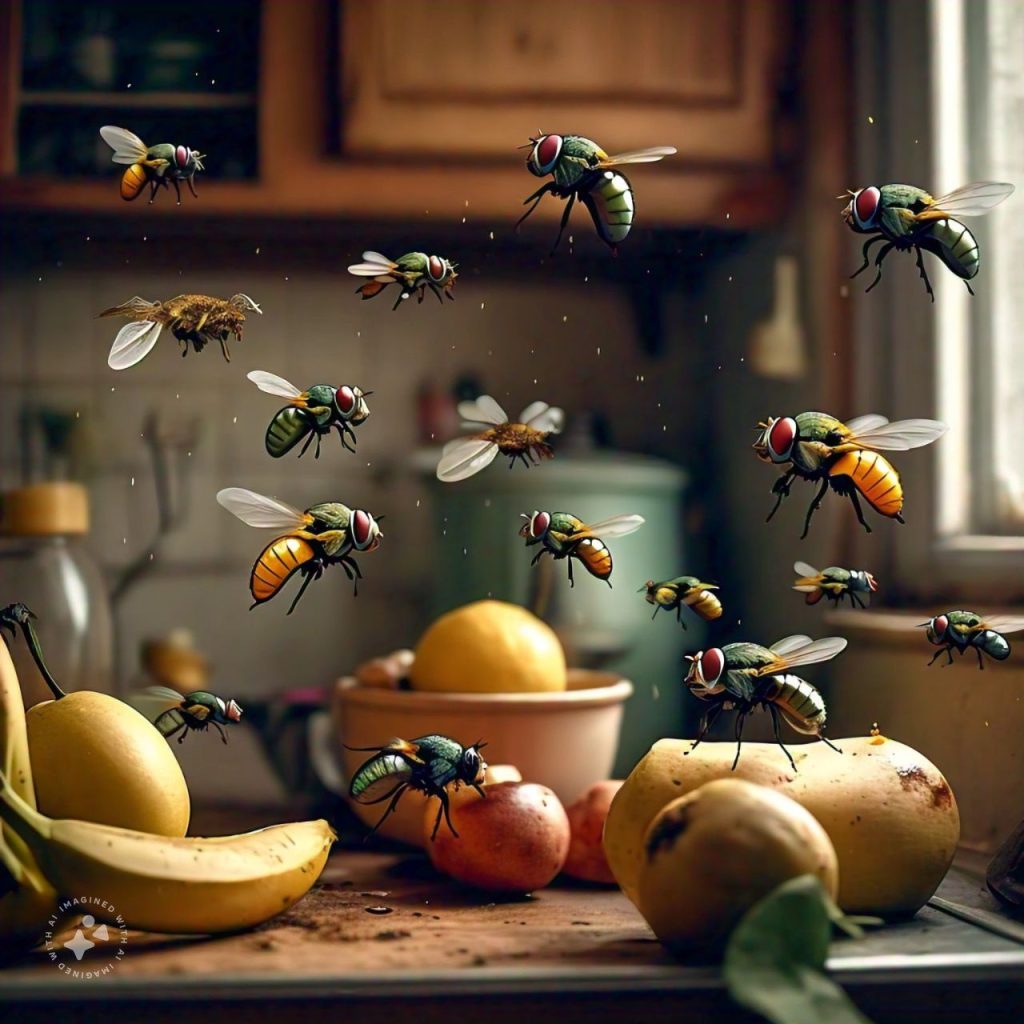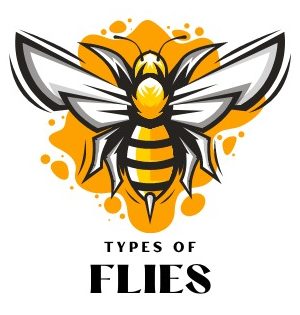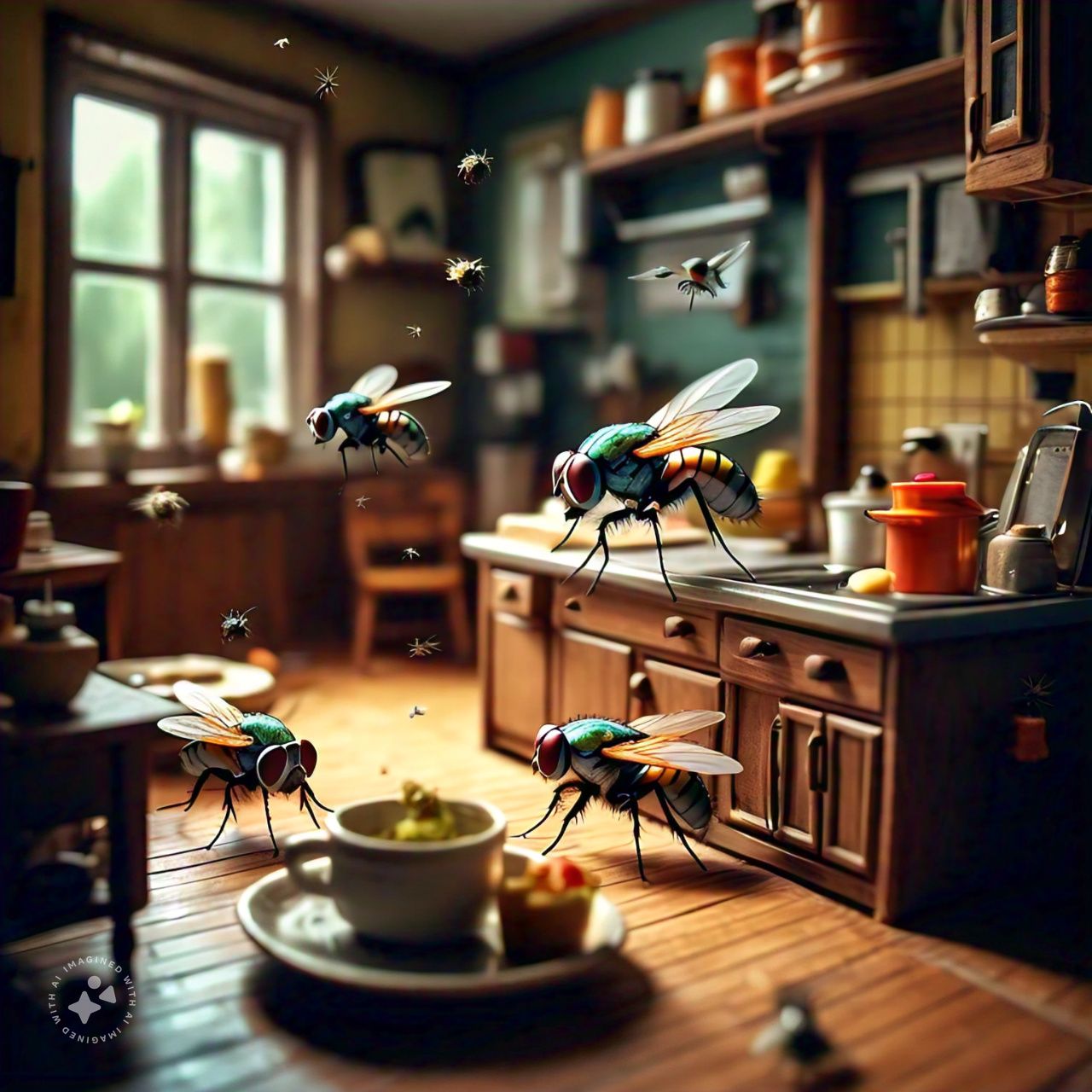Flies are a common household nuisance, but identifying the specific types of flies in house can help in effectively managing and eliminating them. This guide will provide an in-depth look at the various types of flies in house, their characteristics, habitats, and control methods. Understanding these differences is key to maintaining a clean, fly-free environment.

Common Types of Flies in House
House Fly (Musca domestic)
House flies are the most common type of flies found in houses. They have grey bodies with four dark stripes on the thorax and are known for their rapid breeding cycle.
- Habitat: Found near garbage, feces, and decaying organic matter.
- Breeding Sites: They breed in filth, including garbage, feces, and rotting food.
Fruit Fly (Drosophila spp.)
Fruit flies are small, tan flies with red eyes, attracted to fermenting fruit and vegetables. They are notorious pests of horses due to their attraction to manure and feed.
- Habitat: Found near fermenting fruits, vegetables, and other sugary substances.
- Breeding Sites: Breed in overripe fruits, vegetables, and fermenting liquids.
Drain Fly (Psychodidae)
Drain flies, also known as moth flies, are small, fuzzy, and have a moth-like appearance. They thrive in damp environments.
- Habitat: Found near drains, sewage treatment plants, and other damp areas.
- Breeding Sites: Breed in the gelatinous film found in drains and sewers.
Blow Fly (Calliphoridae)
Blow flies are metallic blue or green flies often found around decaying meat and garbage.
- Habitat: Attracted to rotting meat and garbage.
- Breeding Sites: Breed in decaying organic matter, especially meat.

Flesh Fly (Sarcophagidae)
Flesh flies are similar to house flies but larger, with a distinctive checkerboard pattern on their abdomen.
- Habitat: Found near decaying meat, excrement, and carrion.
- Breeding Sites: Breed in decaying organic matter and animal carcasses.
Phorid Fly (Phoridae)
Phorid flies are small, humpbacked flies often found near decaying organic matter.
- Habitat: Found near decaying organic matter.
- Breeding Sites: Breed in organic debris, particularly in damp areas.
Cluster Fly (Pollenia spp.)
Cluster flies are larger than house flies and tend to enter homes in the fall to hibernate.
- Habitat: Found in wall voids and attics during the colder months.
- Breeding Sites: Breed outdoors in earthworms.
Identifying Small Flies in House
Small flies in the house can be particularly annoying. Identifying them can help in targeting your control efforts.
- Types: Fruit flies, Phorid flies, Drain flies.
- Characteristics: Size, color, and habitat preferences.
What Type of Fly is in My House?
Determining the type of fly in your house involves looking at their physical characteristics and habitats.
- Identification Tips: Observe the size, color, and behavior of the fly.
- Common Questions: “What type of fly is in my house?” and “What type of flies are in my house?”
Different Types of Flies in House
A comprehensive comparison of different types of flies found in houses, including pictures for easier identification.
- Visual Guide: High-quality images and identification keys.
- Comparison: Differences in size, color, and breeding habits.
Keywords: different types of flies in house, types of flies in house with pictures
Types of Flying Insects in House
Apart from flies, several other flying insects can be found in houses. Understanding these can help in proper identification and control.
- Other Insects: Mosquitoes, gnats, and moths.
- Differences: Physical characteristics and habitats.
Keywords: types of flying insects in house
Types of Small Flying Bugs in House
Identifying small flying bugs in the house can be challenging but is crucial for effective pest control.
- Common Types: Fungus gnats, small beetles.
- Identification Tips: Differences from flies, typical habitats.
Fly Life Cycle and Breeding
Understanding the life cycle of flies is essential for controlling their population.
- Life Cycle Stages: Egg, larva, pupa, adult.
- Breeding Habits: Where flies breed and how larvae feed.
Keywords: life cycle, flies breed, larvae feed, lay their eggs
Fly Infestation and Control
Signs of a fly infestation and effective methods to control and prevent them.
- Infestation Signs: Large numbers of flies, presence of larvae.
- Control Methods: Sanitation, traps, insecticides.
Other Related Flies and Bugs
Information on other insects like fungus gnats and moth flies that might be confused with house flies.
- Identification: Differences from common house flies.
- Control Tips: Specific methods for these insects.
Keywords: moth flies
Flies Attracted to Lights
Explanation of why some flies are attracted to lights and how to manage this behavior.
- Behavior: Attraction to lights, large numbers near windows.
- Management Tips: Reducing light attraction, using traps.
Conclusion
Summarize key points and emphasize the importance of regular cleaning and maintenance to prevent fly infestations.
Understanding and identifying the various types of flies in your house is crucial for effective pest control and maintaining a healthy living environment. From common house flies to more specialized pests like drain flies and fruit flies, each type has unique characteristics and habitats. Recognizing these differences allows for targeted control measures, reducing the risk of infestations.
By maintaining a clean and well-maintained home, you can significantly reduce the presence of flies and other pests, ensuring a healthier and more comfortable living space. Regular monitoring and timely intervention are key to keeping these pests at bay.
- Key Takeaways: Importance of identifying fly types, effective control methods.
- Prevention Tips: Maintaining cleanliness, proper waste disposal.


[…] flying insects are more noticeable due to their size and are often associated with a greater level of fear, especially if they are […]